I have written previously on elite projection, transit planner Jarett Walker’s term for the “belief, among relatively fortunate and influential people, that what those people find convenient or attractive is good for the society as a whole.” In my work reporting on Lexington, I have noted how elite projection has birthed a non-functional Town Branch Commons that when completed will ultimately cost the city a whopping $40 million per mile for 2.2 miles of protected bike lanes.
I recently stumbled upon a process related to elite projection in the course of researching the costly infrastructure investments to hold the 2010 World Equestrian Games, shown widely on ESPN3 across 15 afternoons in September and October, our leaders proclaimed at the time with serious that’ll show ’em vibes. Let’s call it expert amplification: the use of credentialed or other acknowledged specialists to advance a particular understanding of the world.
Expert amplification is often what justifies elite projection, allowing the questionable viewpoints of wealthy citizens to circulate as dispassionate “smart” civic work. In the case of the $40 million per mile Town Branch Commons, the amplified experts included a Brooklyn design firm headed by certified MacArthur “genius” Kate Orff and a downtown design panel featuring the former University of Kentucky Dean of the College of Design, professor Michael Speaks. Notably, expert amplification often allows for “expert drift,” whereby a specialist veers away from their field of expertise (like how to build a protected bike lane) into areas in which they do not hold expert status (like how to build a civic commons or promote democracy).
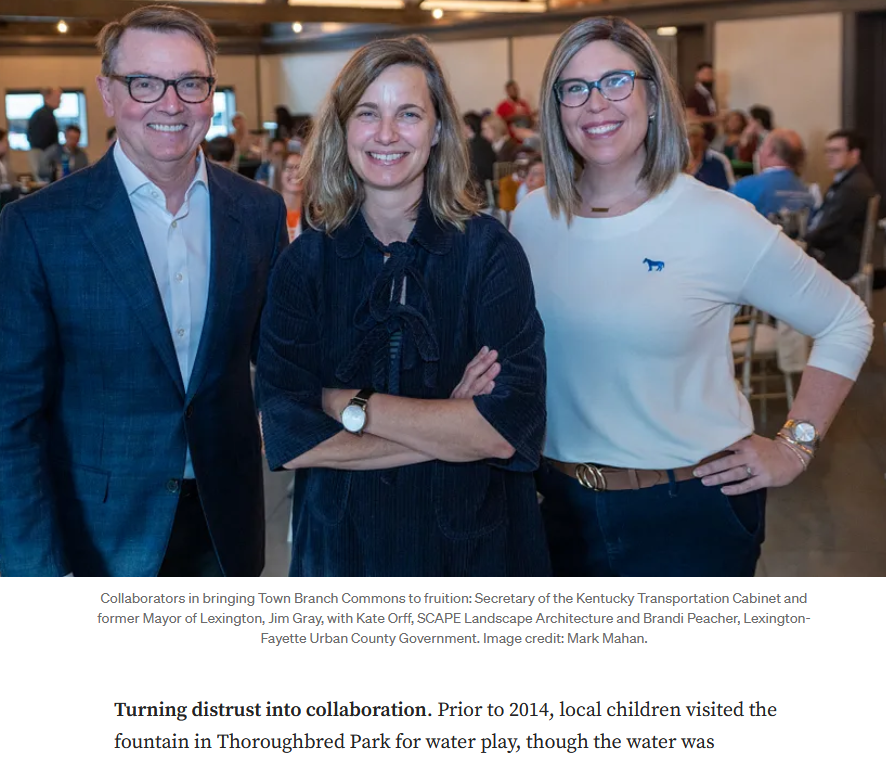
But back to my research on the $250 million in public infrastructure upgrades for Lexington to hold the 2010 World Equestrian Games (WEG). Though it was not the focus of my research, a set of road upgrades to South Limestone Street appeared often in WEG coverage.
You remember the South Limestone Street project, don’t you? I sorta did. The eight-month, $17 million road upgrade completed in June 2010 included new sewers and sidewalks, the moving of utilities underground, ubiquitous rain gardens, and the creation of a bike lane. The South Limestone project covered approximately a half mile, from Euclid to Vine Street, but it was part of a larger $31 million “face lift” to downtown Lexington streets that included East-West thoroughfares Main and Vine, and a portion of North Limestone nearby Main Street, all of which received things that were publicly identified as bike lanes.
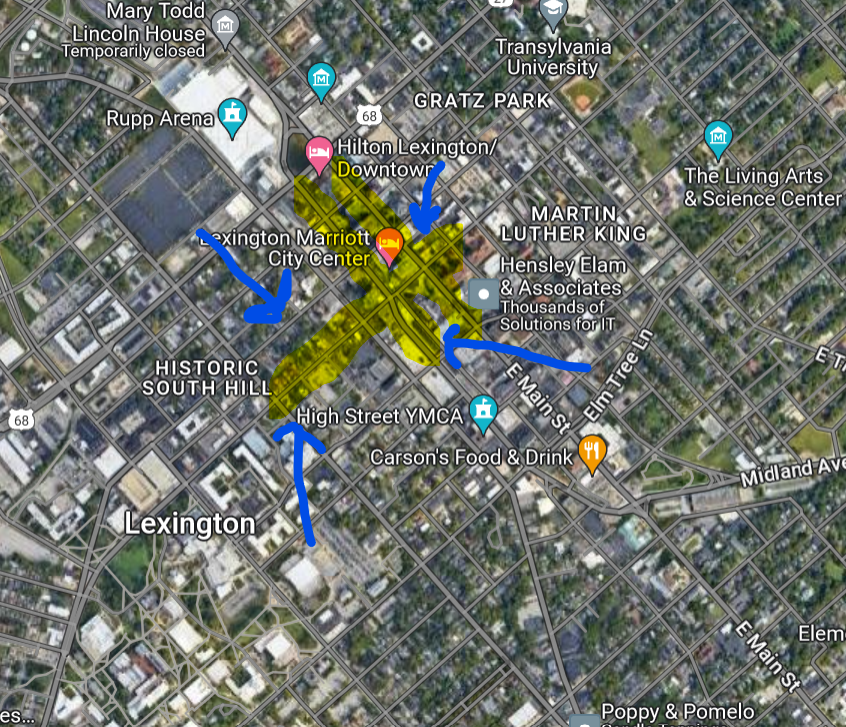
(Though both run along the same route, the Vine Street bike lanes built during this 2010 WEG streetscape project are separate from the Town Branch Commons bike lanes created as part of the 2013-2024 Town Branch Commons project. The 2010 WEGer streetscape and bike lanes can be seen alongside the 2014-2022 Town Branch Commons bike lanes in this image below.)
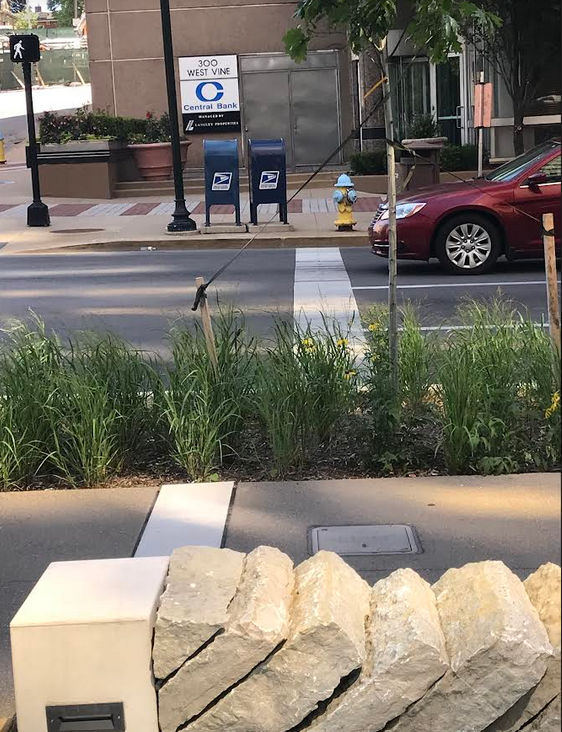
Ostensibly, the South Limestone roadway project was an extension of the millennial interest in improving “town-gown” relationships between the city and the University of Kentucky. In terms of infrastructure, the town-gown relationship ran up and down Limestone. Leaders asked, How could the city facilitate getting UK’s 30,000+ students and staff to travel north, away from campus, in order to experience and commercialize downtown Lexington and its northern inner-ring neighborhoods? (This city dialogue is how this publication, North of Center, derived its name in 2009.)
Here is then-Vice Mayor Jim Gray voicing this view of the South Limestone streetscape project:
The theme from the beginning was to join the university and downtown and create an exciting and compelling environment that would be a seamless experience of engaged urban space from South Limestone, through downtown, past Transylvania, up North Limestone to Loudon, where a thriving young arts community is developing.
Jim Gray
At the time, pushback to the South Limestone project focused almost exclusively on the travails of business owners located along the way, who were subject to nearly a year of lost roadway access. The infrastructure itself–needed to efficiently and safely move UK students and staff two miles across downtown and into the northside– was general praised.
“It’s a much nicer street now,” CD Central’s Steve Baron noted in 2010 of the renovated South Limestone corridor. “[T]here’s no doubt about that, especially if you’re a pedestrian or cyclist.” A year later, Herald Leader columnist Tom Eblen would cite South Limestone approvingly as a recent addition to Lexington’s “25 miles of bike lanes.”
Baron and Eblen are not field experts in alternative transportation, of course. But their views confirmed expert viewpoints that all seemed to connect the road’s new infrastructure to Lexington’s safe biking initiatives. “Lexington will be an even better place for bicycling,” Eblen’s 2011 article enthused, “thanks to many people’s hard work.”
The columnist’s examples? Certified instructors from the League of American Bicyclists were leading a school bike-safety grant supplied by the Kentucky Bicycle and Bikeway Commission. Bluegrass Tomorrow, described as “a non-profit ‘smart growth’ group,” was “pushing the idea” for a regional trail system. The Fayette Alliance was asking Vice-Mayor Linda Gorton to establish a Bike Trails Task Force.
In this bike expert uplift story, the South Limestone road project was an example of “recently finished ‘complete streets’ guidelines for adding bike lanes, whenever possible, to new and renovated streets and roads.” Eblen, the non-expert, cited Lexington Bike/Pedestrian Coordinator Kenzi Gleason.
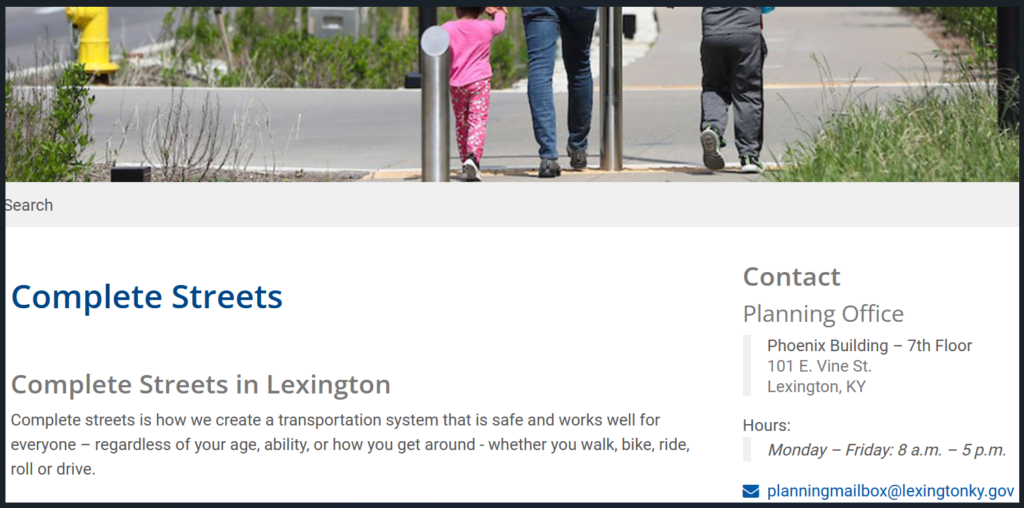
“Complete streets” like South Limestone have come to dominate expert discourse on the slow but successful growth of Lexington’s biking network. The term would be invoked again in 2015 by Gleason to cite Lexington’s recent addition of another 20 miles in bike lanes. The same article also featured the bike experts from the local bike non-profit Broke Spoke, an academic study from the University of Colorado-Denver, and a new city-wide campaign (expertly named “Move It, People”), all designed to convince bikers and motorists to use and share the same road.
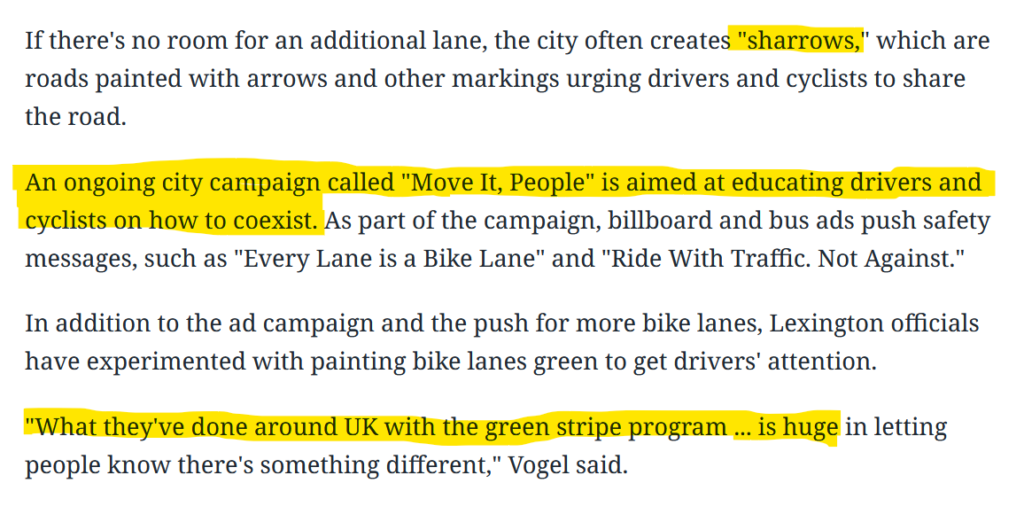
As recently as this year, 2024, Lexington Urbanist Forum creator Blake Hall updated his fellow urbanist experts on the city’s Complete Streets Action Plan. The update mentioned new RFPs, actions plans, and the hiring of new consultants and coordinators to oversee the city’s Complete Streets program and data collection.
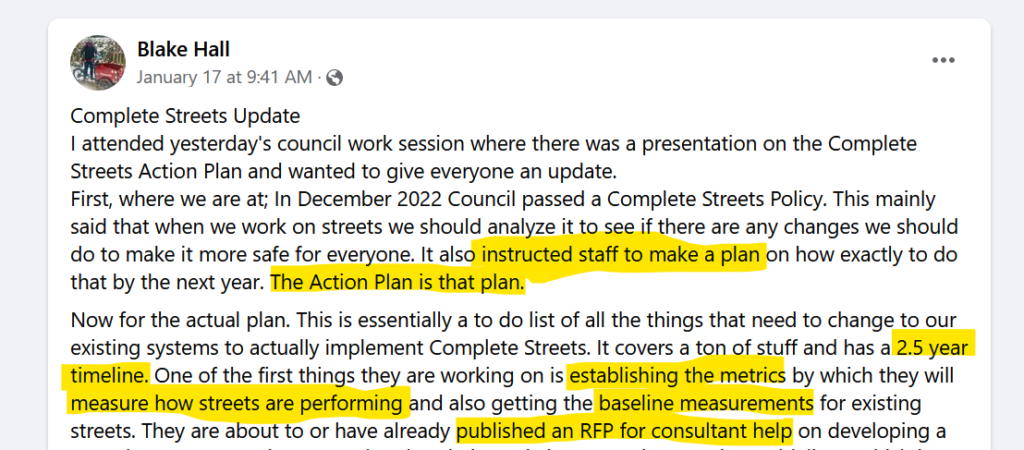
I am no expert, merely an observant participant who uses a bike quite frequently, but in the case of South Limestone, it is difficult to reconcile the expert views with reality on the ground.
Here is a video I took in summer 2022 from just about in front of Steve Baron’s CD Central storefront on South Limestone. This marks the southern terminus of the 2010 South Lexington streetscape project and its bike infrastructure. In other words, this is a video of a certified complete street and, for UK students and staff, the beginning of the seamless road to downtown and north Lexington’s commercial and residential neighborhoods. This is a weekday afternoon with school out of session. In other words, traffic is light.
For two-wheeled users, this road is far from safe or complete. The only other biker I noted that weekday summer afternoon seems to agree with my populist take. He’s riding South Limestone against traffic and on the sidewalk–a populist separated bikeway! (Fayette Urban County those experts, he might be muttering.)
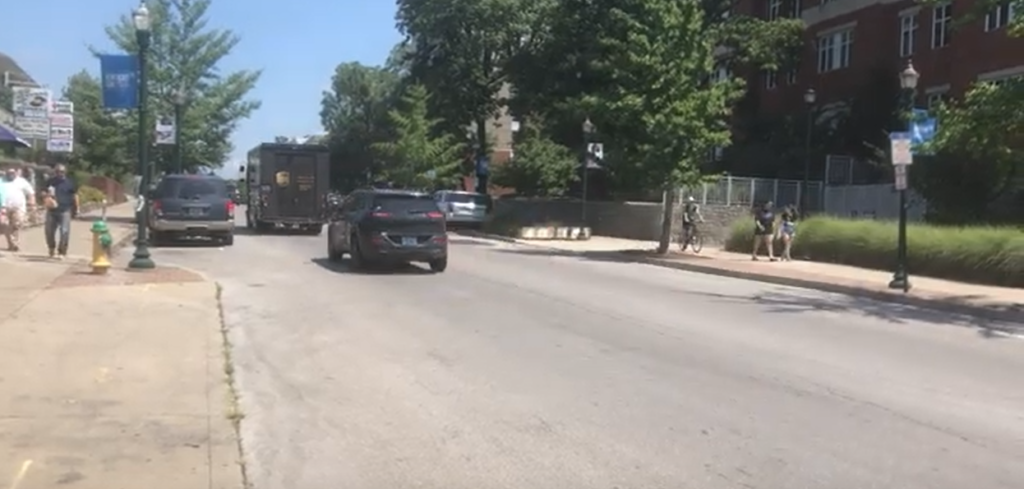
Humorously, experts rarely acknowledge this danger in their designs. But if you know where to look for it, this populist defiance of the professional’s idea of bike infrastructure is everywhere.
For example, in this lead image to the Herald Leader‘s 2015 celebration of Lexington’s 20 miles in new bike lanes, clipped below. The populist reality is buried in the caption–the biker chose the sidewalk rather than paint on the road. But visible, too, is the expert obtuseness. Lexington biking experts, the HL informs us, plan to build “even more bike lanes” of this sort over the next several years…as a way to make “biking in Lexington….easier.” (!)
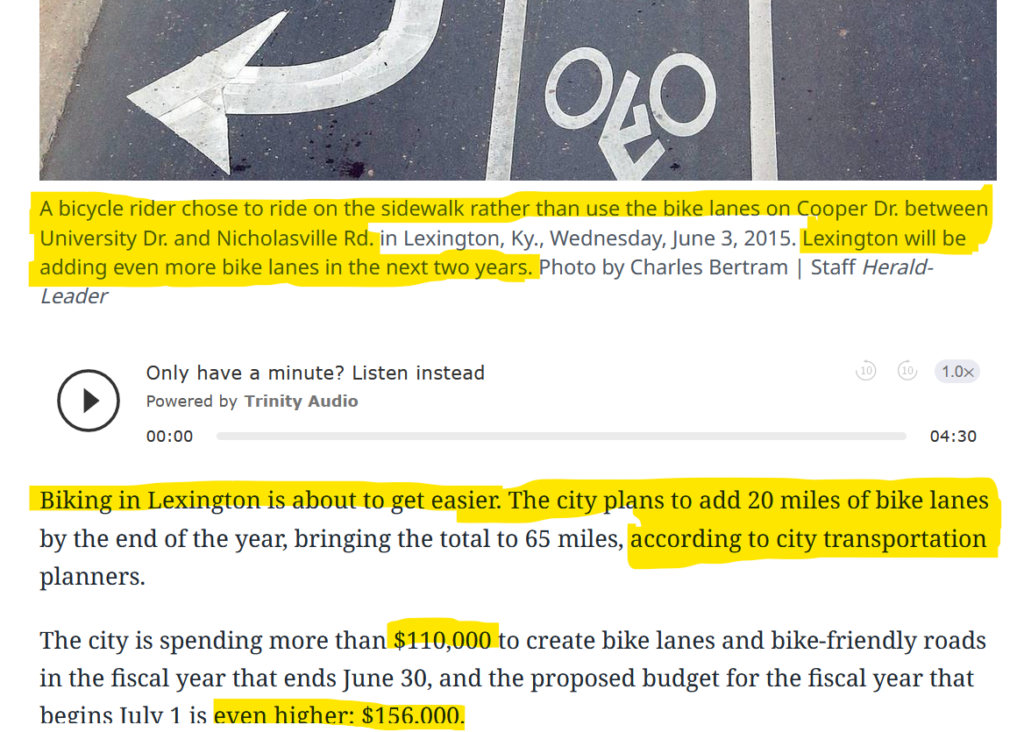
Or take a look at the city’s 2018 Bike and Pedestrian Master Plan, where its own graphics show Complete Street infrastructure is suitable for less than 10% of imagined bikers.
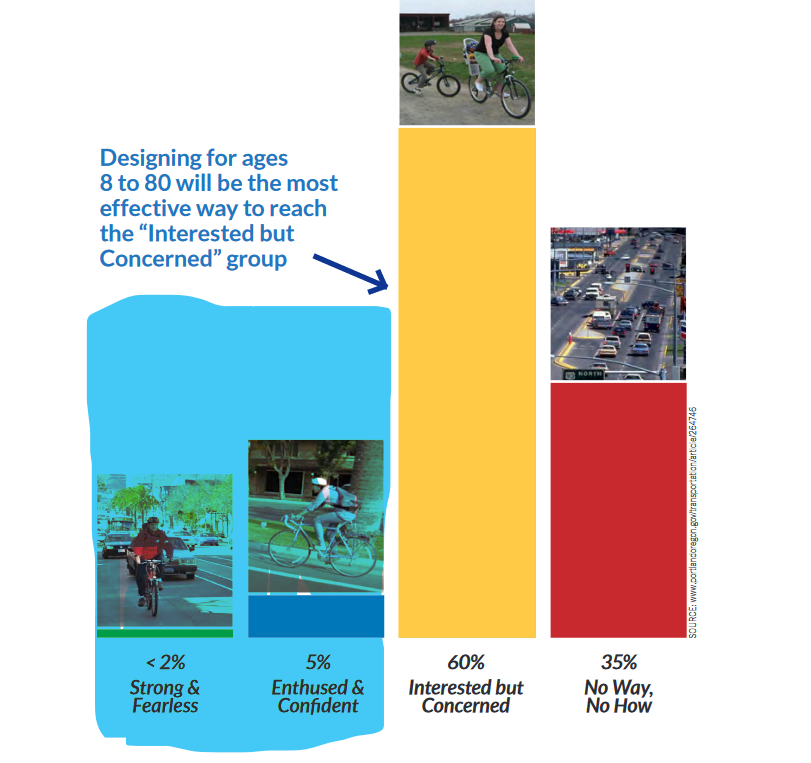
Or look at the expert’s own data, also contained in that 2018 Master Plan. Despite receiving a $31 million facelift in 2010 to improve biking conditions along South Limestone as it enters downtown and crosses Main Street, bike accidents continued apace in the area. From the data map titled, “Bike crash analysis, 2012-2016”:
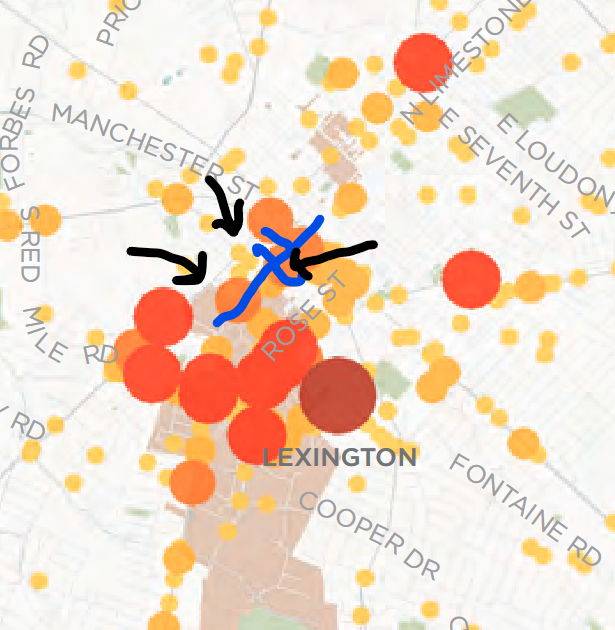
And residents–those non-experts–for some reason still seem to want better biking in the already facelifted downtown area. Take a look at the spaghetti junction of desired downtown street improvements, from the Bike Plan map titled “Where we heard bike improvements are needed the most”:
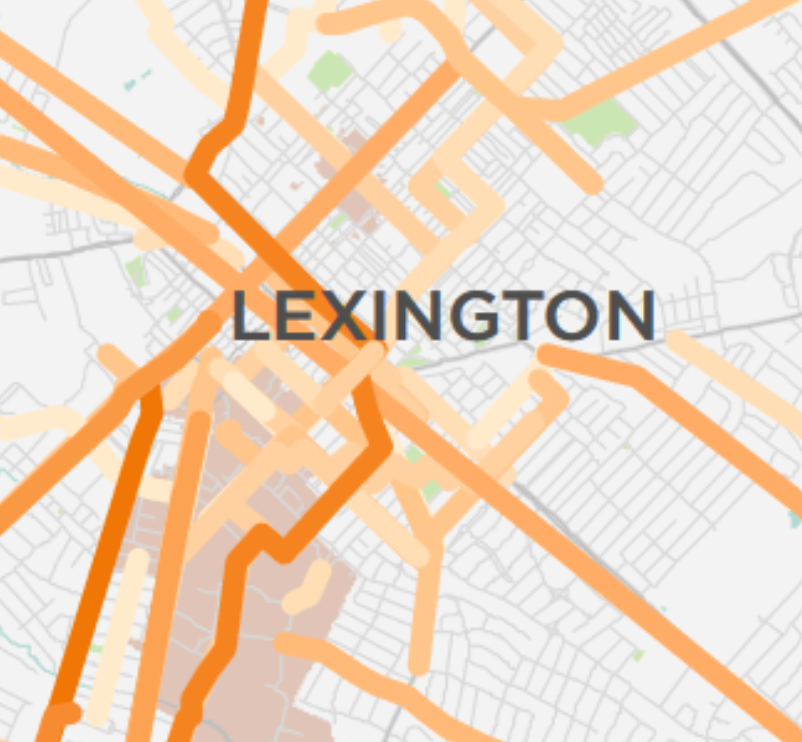
Even the Herald Leader has had to acknowledge the fiction of Lexington’s Complete Street bike lanes. Its 2022 celebration of Lexington’s growing biking infrastructure opens by briefly quoting a non-expert “cycling activist” from Chicago, via an NPR report!, that “paint is not protection” for bikers. (Could the H-L not find any local biking populists to make this case?!)
Strangely, the HL report completely ignores this obvious observation and instead abruptly turns its attention to asking local experts like “Nick Stamatiadis, a Ph.D. and Raymond-Blythe professor of civil engineering at the University of Kentucky, for his perspective. While he acknowledges Lexington’s cycling infrastructure is ‘lacking’ in some respects,” the Herald Leader article continues, “Stamatiadis notes the problem isn’t unique to the area. ‘There has been a concerted and sustained effort to improve bicycling conditions in the city over the past 20 years,’ he said.”
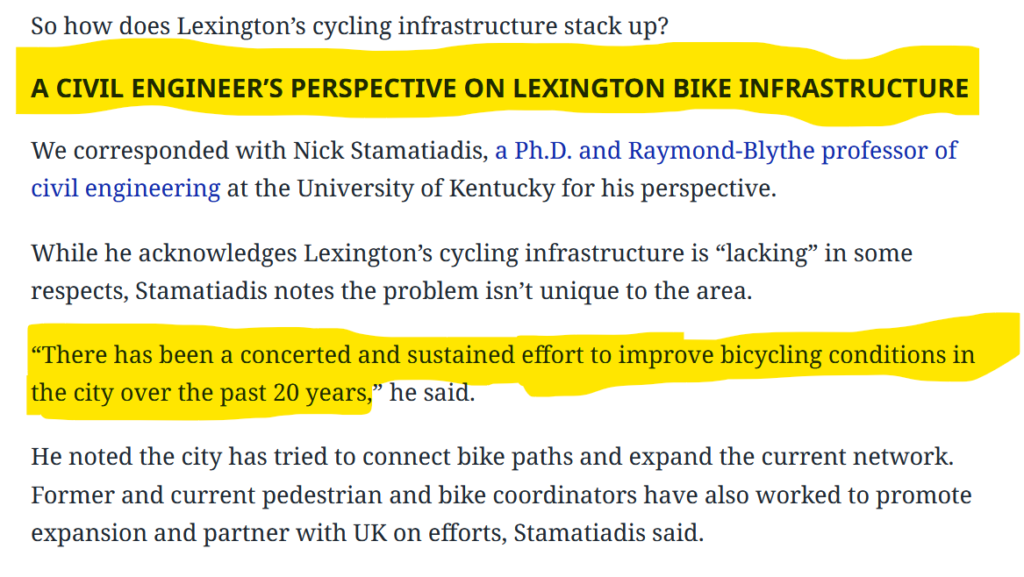
We citizens are not told what exactly the expert Stamatiadis, Ph.D., finds “lacking” about Lexington’s bike infrastructure. But it seems easy to look at the city’s recent history of bike projects–mostly paint on a road setbacks that offer bikers no protection and little incentive to move about the city–and to wonder about his expert assessment of the city’s “concerted and sustained effort to improve bicycling conditions.”
Just take a close, populist, view of South Limestone. No amount of rebranding as a “complete street,” no amount of driver/biker training to share the road, no amount of additional data will transform South Limestone (or most of North Limestone for that matter) into good biking infrastructure.
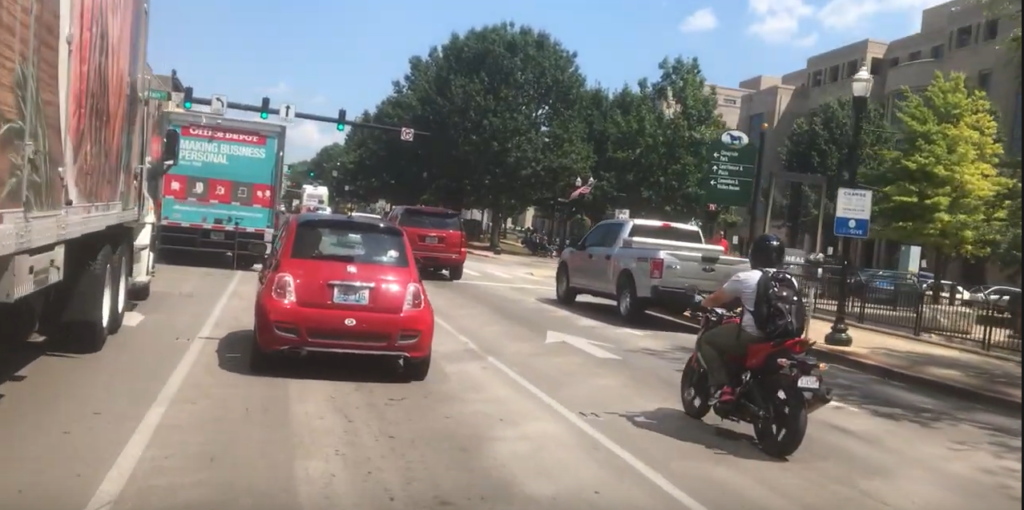
The road as designed simply does not encourage biking. It instead cavalierly throws 200 pound bikers into close contact with multi-ton automobiles on one of the most heavily trafficked roads in the city. And because of this unsafe 2010 design, Limestone was also set up to fail in its capacity to provide a seamless corridor for transporting UK wealth and bodies into and out of downtown and the northside. Who the hell would use that road in that way?!
The amplified experts telling us otherwise these past dozen years have endorsed a dangerous cluster of misdirected priorities, the proliferation of unsafe and therefore unused biking infrastructure throughout our community, as a sign of beneficent “smart” progress.
Before we reach Biggus Dickus territory, maybe it’s time we start paying more attention to the dufuses on the street.

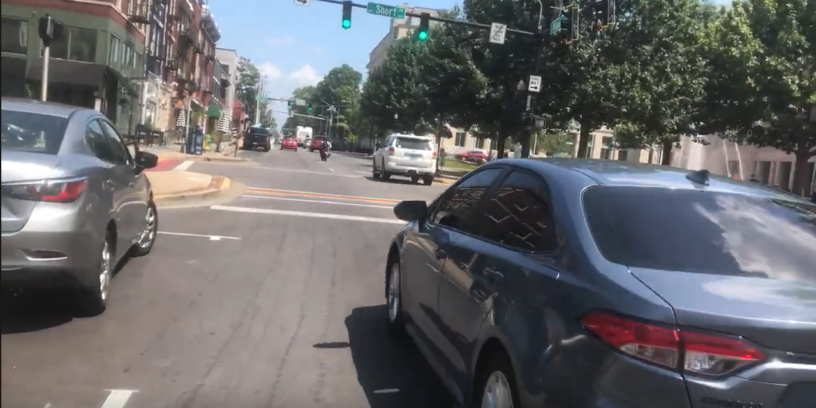
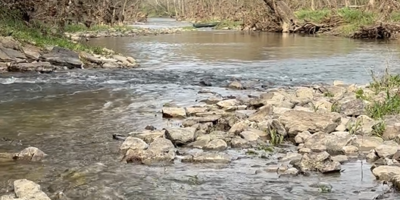
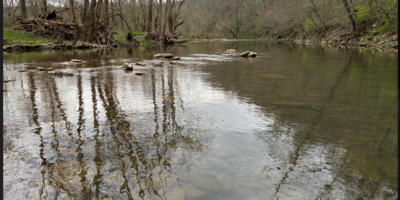

New Jawn
I’m not an expert, just an avid cyclist with lots of miles inside the Circle, but I never use S. Lime when going N-S. For me, when coming from Southland Dr. area, the better (i.e. safer) route is cutting through UK campus to Rose St, then Ave of Champions, MLK, Main Street, N. Mill, one block east to Church, then north to 3rd, west to Jefferson, etc. Yeah, lots of winding around, but anything to avoid S. Lime. Main St doesn’t bother me if riding on the far right side and keeping my head always and forever on a swivel.
I’ve biked the Town Branch Commons once but never again. It looks and feels like a sidewalk, which evidently pedestrians and dog walkers think it is, too, given the dirty looks I got ’cause of biking on a sidewalk. IMO, cyclists and pedestrians don’t mix well together, esp. in tight quarters, and ESPECIALLY when going past a labradoodle on a leash. Not very safe for either group. I’d bet a donut that the person who thought that would be a great idea doesn’t do a lot of urban biking, maybe none.
That’s my .02 and I appreciate the opportunity to post. I found the Urbanists forum website on Facebook but you first have to get permission and swear not to say “I remember when” and promise to have something substantive to say (in other words, stuff that they agree with). F that.
Danny Mayer
You may like Jarrett Walker’s 2018 thought-piece on traffic separation. Walker’s auto/bike/hike separations make sense to me. Surprised that hasn’t really been addressed locally, but I’ve read that the experts know what they are doing.
https://humantransit.org/2018/08/do-we-need-a-new-theory-and-name-for-bike-lanes.html
For reasons of space/layout, I also think that these different lanes do not all need to be on the same street, though they should overlap common destinations. I’m sure the smart people will get to it at the appropriate time.
Peter Bourne
Sadly, I feel slighted by the omission of my contributions to the Urbanist Facebook page.
Danny Mayer
Over 30 citations covering 15 years of documented Lexington history of empowered experts giving the finger to actual Lexington bikers, and this is your urbanist concern? OK. Here you go:
http://thelexingtonstreetsweeper.blogspot.com/2010/10/worth-7000-foot-i-think-so.html
http://thelexingtonstreetsweeper.blogspot.com/2010/10/i-stand-corrected.html
These are you in 2010. Two full glowing blog posts on the South Limestone project in which you support my article’s claim that the project was really about “Town-Gown” infrastructure–connecting UK population to Main Street and the northside–and that the project was worth the price.
Alas, Lexington urbanist that you are, you made not a single mention in 2010 of bike infrastructure. As this was the topic of my article, I chose more powerful and better spokespeople than a late-night urbanist troller who always seems to be way behind the times. Are you wanting me to devote an entire article to your work?
Paul Oliva
“Fayette Urban County those experts” lmao
Great piece. Made me think, made me laugh.